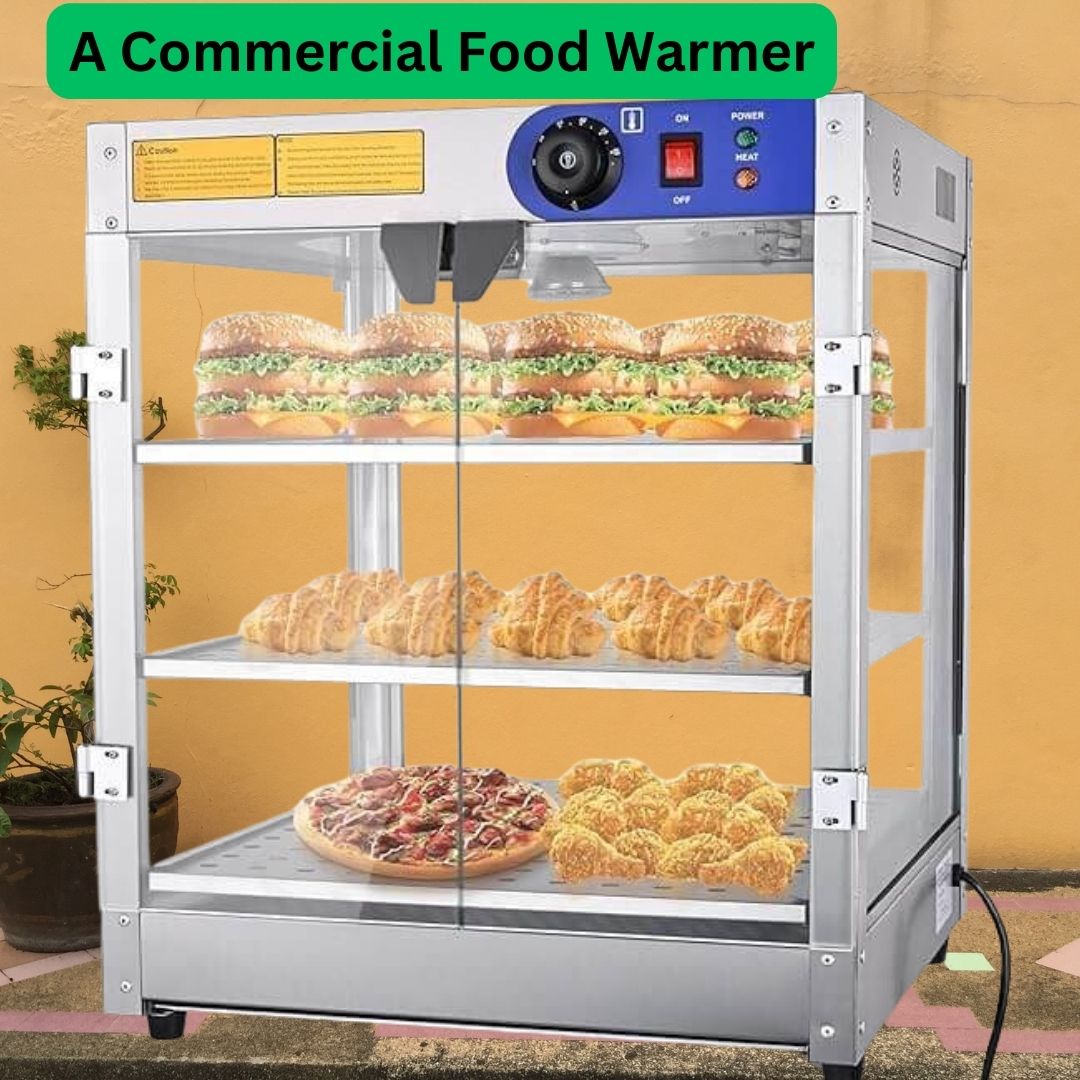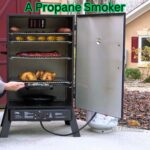As an Amazon Associate, I earn from qualifying purchases.
How to Use a Commercial Food Warmer: Learn expert tips on how to use a commercial food warmer effectively to keep your dishes at the perfect serving temperature. Get insights, FAQs, and more!
Introduction:
Welcome to the ultimate guide on how to use a commercial food warmer like a pro! Whether you’re a seasoned chef or a newbie in the kitchen, mastering the art of food warming is essential for maintaining the quality and taste of your dishes. In this comprehensive article, we’ll delve into seven essential tips that will help you harness the full potential of your commercial food warmer, ensuring that your culinary creations are always served hot and delicious.
Understanding the Basics
Operating a commercial food warmer may seem straightforward, but some nuances can make a significant difference in the outcome. Let’s explore the fundamental principles to ensure you get the most out of your equipment.
Commercial Food Warmers: A Brief Overview
To kick things off, let’s familiarize ourselves with what a commercial food warmer is and how it functions.
Getting Started: Preparing Your Food Warmer
Before diving into the specifics of using a commercial food warmer, it’s crucial to properly prepare the equipment for optimal performance.
Optimal Temperature Settings
Achieving the perfect temperature is key to preserving the flavor and texture of your dishes. Let’s discuss how to determine the ideal settings for your food warmer.
Arranging Your Dishes
The arrangement of your dishes within the food warmer can impact heat distribution and overall presentation. Let’s explore some strategic tips for arranging your culinary creations effectively.
Maintaining Hygiene Standards
Maintaining cleanliness and hygiene in your commercial kitchen is non-negotiable. Learn how to keep your food warmer, cleaner, and more sanitary to ensure the safety of your customers and staff.
Troubleshooting Common Issues
Even with proper care and maintenance, issues with your food warmer may arise. Let’s troubleshoot some common problems and explore solutions to keep your operations running smoothly.
Enhancing Efficiency with Accessories
Accessories can elevate the functionality of your food warmer and streamline your workflow. Discover essential accessories that can enhance efficiency and convenience in your commercial kitchen.
FAQs (Frequently Asked Questions)
How often should I clean my commercial food warmer?
Regular cleaning is essential to maintain hygiene standards and ensure the efficient operation of your commercial food warmer. It’s recommended to clean your food warmer daily, especially if it’s used frequently. This includes wiping down the interior and exterior surfaces with a mild detergent solution, removing any food residue or spills, and sanitizing the surfaces to prevent bacterial growth. Additionally, you should schedule a deep cleaning of your food warmer at least once a week to remove any stubborn buildup or grease.
What safety precautions should I take when using a food warmer?
When using a food warmer, it’s important to prioritize safety to prevent accidents and ensure the well-being of your staff and customers. Here are some key safety precautions to follow:
- Always read and follow the manufacturer’s instructions and guidelines for operating the food warmer.
- Ensure that the food warmer is placed on a stable, level surface to prevent tipping or accidents.
- Avoid overloading the food warmer beyond its capacity, as this can affect heat distribution and pose a safety risk.
- Use oven mitts or heat-resistant gloves when handling hot dishes or trays from the food warmer.
- Regularly inspect the power cord and plug for any signs of damage or wear, and avoid using the food warmer if it appears faulty.
- Keep flammable materials away from the food warmer to reduce the risk of fire hazards.
- Train your staff on proper usage and safety procedures when operating the food warmer.
Can I use a food warmer to reheat previously cooked dishes?
Yes, a food warmer can be used to safely reheat previously cooked dishes. However, it’s important to follow proper food safety guidelines to prevent the risk of foodborne illness. Make sure that the reheated dishes reach a safe internal temperature of 165°F (74°C) to kill any harmful bacteria. Avoid leaving food sitting in the warmer for extended periods, as this can lead to bacterial growth and compromise food quality.
Is it possible to adjust the temperature settings of a food warmer?
Yes, most commercial food warmers are equipped with adjustable temperature settings to accommodate different types of food and heating requirements. Depending on the model, you can typically adjust the temperature using a thermostat or control panel located on the unit. Refer to the manufacturer’s instructions for specific guidance on how to adjust the temperature settings of your food warmer.
Are there any special considerations for warming different types of food?
Yes, different types of food may require special considerations when using a food warmer to ensure optimal results. For example:
- Liquid-based dishes like soups or sauces may require lower temperatures to prevent boiling over.
- Delicate foods like pastries or breads may need to be covered to prevent them from drying out.
- Foods with different moisture levels may require adjustments to the temperature settings to prevent them from becoming soggy or dry. It’s important to experiment with different settings and techniques to find the best approach for warming each type of food.
How can I prevent food from drying out in the warmer?
To prevent food from drying out in the warmer, consider the following tips:
- Keep the food warmer covered when not in use to retain moisture.
- Use moisture-retaining methods such as adding a small amount of water or broth to the bottom of the food warmer, or covering dishes with foil.
- Avoid overheating the food, as excessive heat can cause it to dry out more quickly.
- Monitor the food closely and remove it from the warmer once it reaches the desired temperature to prevent overcooking.
- Rotate or stir the food periodically to ensure even heating and distribution of moisture.
Conclusion
Mastering the use of a commercial food warmer is essential for any professional kitchen. By following the tips outlined in this guide, you’ll be well-equipped to ensure that your dishes are served hot, fresh, and delicious every time. Here’s to elevate your culinary creations to new heights with the power of effective food warming!
As an Amazon Associate, I earn from qualifying purchases.







